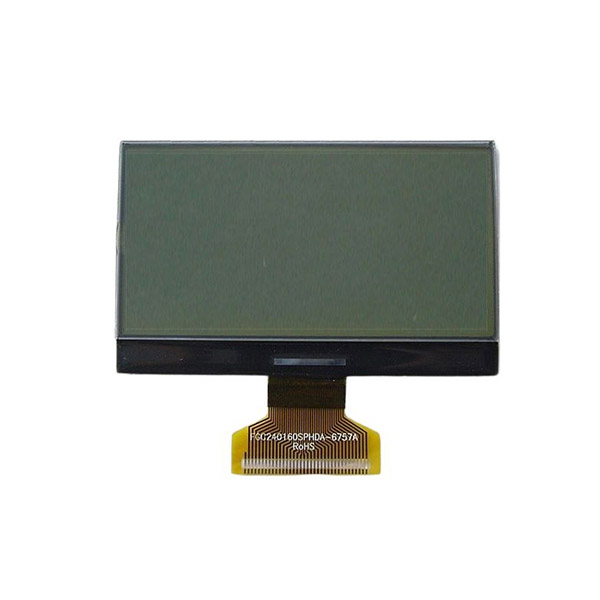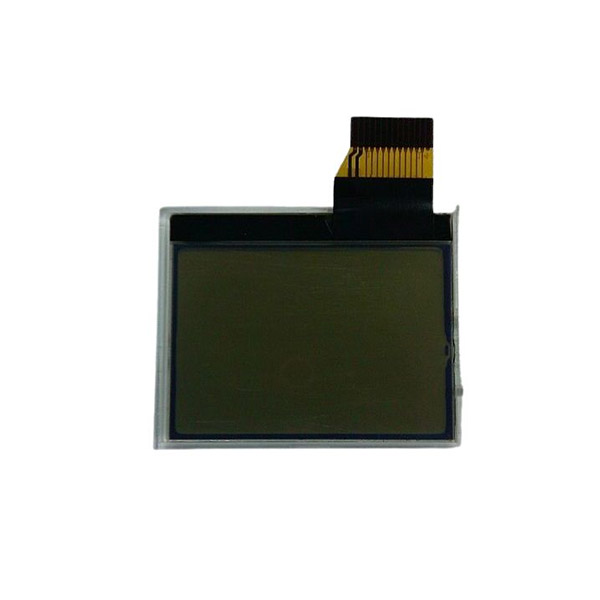What Is a Liquid Crystal Display Module? Function and Core Components Explained
4 min readIn today's digital world, screens are everywhere—from smartphones and tablets to industrial equipment and automotive dashboards. At the heart of many of these displays lies a crucial technology: the Liquid Crystal Display Module (LCM). Despite its widespread use, many people are unaware of how it works or what makes it such a reliable and adaptable display solution.
This article will explore the definition, function, and core components of a Liquid Crystal Display Module, and highlight how companies like Shenzhen Yicheng Optoelectronic Technology Co., Ltd are driving innovation in this field, particularly within industrial control applications.
What Is a Liquid Crystal Display Module?
A Liquid Crystal Display Module, often abbreviated as LCM, is a complete display solution that integrates an LCD panel with other essential electronic components and interface technologies to produce visual output. It is a packaged unit designed for seamless integration into various types of electronic devices.
Unlike a bare LCD screen, an LCM is a fully functional unit that typically includes backlighting, driver ICs (integrated circuits), and connectors—making it easier for manufacturers to embed into end products without extensive design work.
How Does a Liquid Crystal Display Module Work?
LCMs are based on liquid crystal technology, which uses the light-modulating properties of liquid crystals. These crystals do not emit light themselves but control the passage of light from a backlight unit through polarizing filters and color filters to produce visible images.
When an electrical current is applied to the liquid crystals, their orientation changes, affecting how light passes through them. This change in light transmission creates images, text, and video on the screen. The LCM's control electronics dictate which crystals are activated at any given moment, making dynamic image rendering possible.

Core Components of an LCM
To understand the value and complexity of an LCM, it helps to break down its key components:
1. LCD Panel
This is the central component where the liquid crystals reside. It includes several layers: two polarizers, glass substrates, liquid crystals, and alignment layers. The panel determines the resolution, viewing angle, and display type (e.g., TN, IPS, or VA).
2. Backlight Unit (BLU)
Since liquid crystals don’t emit light on their own, the BLU provides the illumination necessary to make images visible. LED backlights are commonly used today for their brightness and energy efficiency.
3. Driver IC
This integrated circuit controls the display by sending signals to the LCD panel. It dictates pixel-by-pixel behavior and manages the refresh rate, grayscale levels, and color rendering.
4. Touch Panel (Optional)
In touch-enabled LCMs, a capacitive or resistive touch panel is laminated over the screen. This allows users to interact with the display using fingers or styluses.
5. Interface and Control Board
This component includes connectors and controllers that allow the module to communicate with the host system, such as a microcontroller or embedded PC. Interfaces might include SPI, I2C, HDMI, or RGB.
6. Frame and Housing
The structural elements of the LCM hold all components in place and ensure mechanical stability during integration into end devices.
Industrial Applications and Custom Solutions
While LCMs are commonly found in consumer electronics, they are particularly important in industrial control systems, where performance, durability, and customization are critical. Industrial environments often demand displays that can withstand harsh conditions, such as extreme temperatures, vibration, humidity, and electromagnetic interference.
This is where Shenzhen Yicheng Optoelectronic Technology Co., Ltd stands out. As an innovative enterprise focusing on the production of industrial-grade LCD modules and complete display solutions, Yicheng combines cutting-edge technology with real-world application expertise. The company provides tailored solutions that include:
Custom LCD sizes and formats to fit specialized equipment
High-brightness and wide-temperature LCDs for outdoor and rugged environments
Touch-integrated displays for intuitive user interfaces
Fast prototyping and mass production support to meet project deadlines
Yicheng’s commitment to quality, reliability, and customization has made it a trusted partner for clients in automation, medical devices, transportation, energy, and other industrial sectors.

Conclusion
A Liquid Crystal Display Module (LCM) is far more than just a screen—it's a complete visual interface system engineered to bring clarity, interaction, and intelligence to electronic devices. By combining liquid crystal technology with integrated electronics and optical enhancements, LCMs play a foundational role in modern human-machine interaction.
As the demand for smart, connected, and durable displays continues to grow, companies like Shenzhen Yicheng Optoelectronic Technology Co., Ltd are at the forefront of innovation. With a focus on industrial control applications and a strong foundation in R&D, Yicheng is not only meeting today’s challenges but also preparing for the future of intelligent display technology.
Why Choose an STN1 LCD Screen for Embedded Systems?
www.esenlcdscreen.com
Shenzhen Yicheng Optoelectronic Technology Co., Ltd
